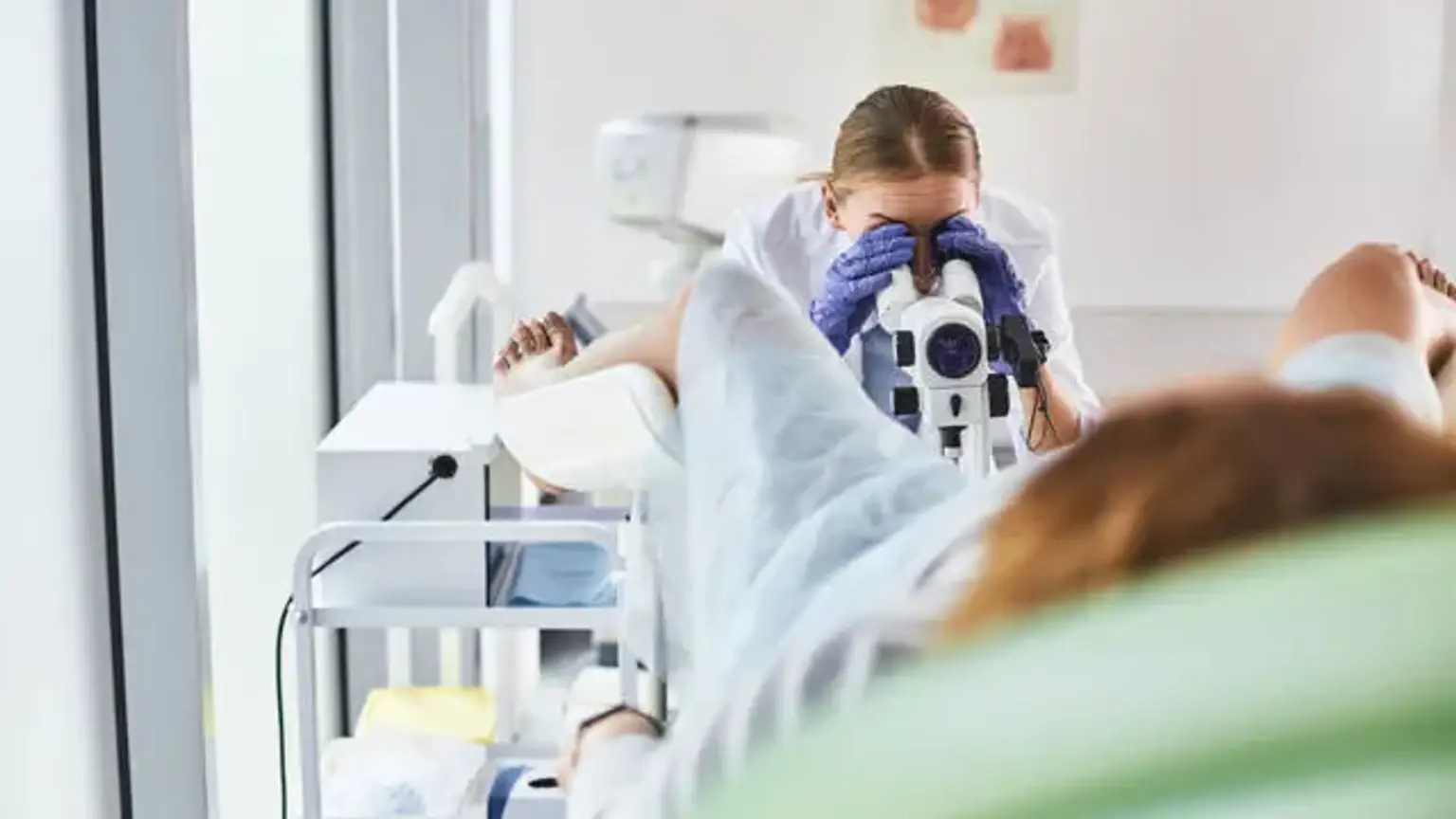Introduction
Colposcopy is a crucial diagnostic procedure used by gynecologists and other healthcare providers to examine the cervix, vagina, and vulva for signs of disease or abnormalities. Using a specialized instrument known as a colposcope, which combines a magnifying lens and a light, healthcare providers can obtain a detailed view of the tissues in the lower genital tract. This procedure is often performed when there are abnormal results from a Pap smear or when other signs, such as unusual bleeding or pain, raise concerns. The purpose of colposcopy is to detect any potential cervical abnormalities, including precancerous cells, so that early intervention can prevent the development of cervical cancer.
While colposcopy can sound intimidating, it is a simple, non-invasive procedure that helps identify issues early, ensuring timely treatment and improved outcomes. It plays a pivotal role in cervical cancer screening, a critical part of maintaining women's health globally. In fact, regular screenings using methods like the Pap smear combined with colposcopy have significantly reduced the incidence of cervical cancer in many parts of the world.
What is Colposcopy?
A colposcopy is a procedure designed to allow healthcare providers to examine the cervix, vagina, and vulva under magnification. The key instrument in this process is the colposcope—a specialized tool that consists of a camera and light, enabling detailed examination of tissues. The procedure typically takes about 10 to 15 minutes but may extend up to 30 minutes, depending on factors like discussion with the healthcare provider or the need for additional procedures such as a biopsy.
Colposcopy is often performed after an abnormal Pap smear or if other symptoms suggest that there may be issues with the cervix, such as painful intercourse, unusual vaginal bleeding, or other discomforts. The main purpose of the procedure is to identify abnormal areas on the cervix, precancerous cells, or infections.
The procedure is conducted in an outpatient setting and doesn’t usually require sedation, although local anesthesia may be used if a biopsy is needed. The magnification and lighting provided by the colposcope allow healthcare providers to carefully observe the cervix and other tissues to detect any irregularities.
